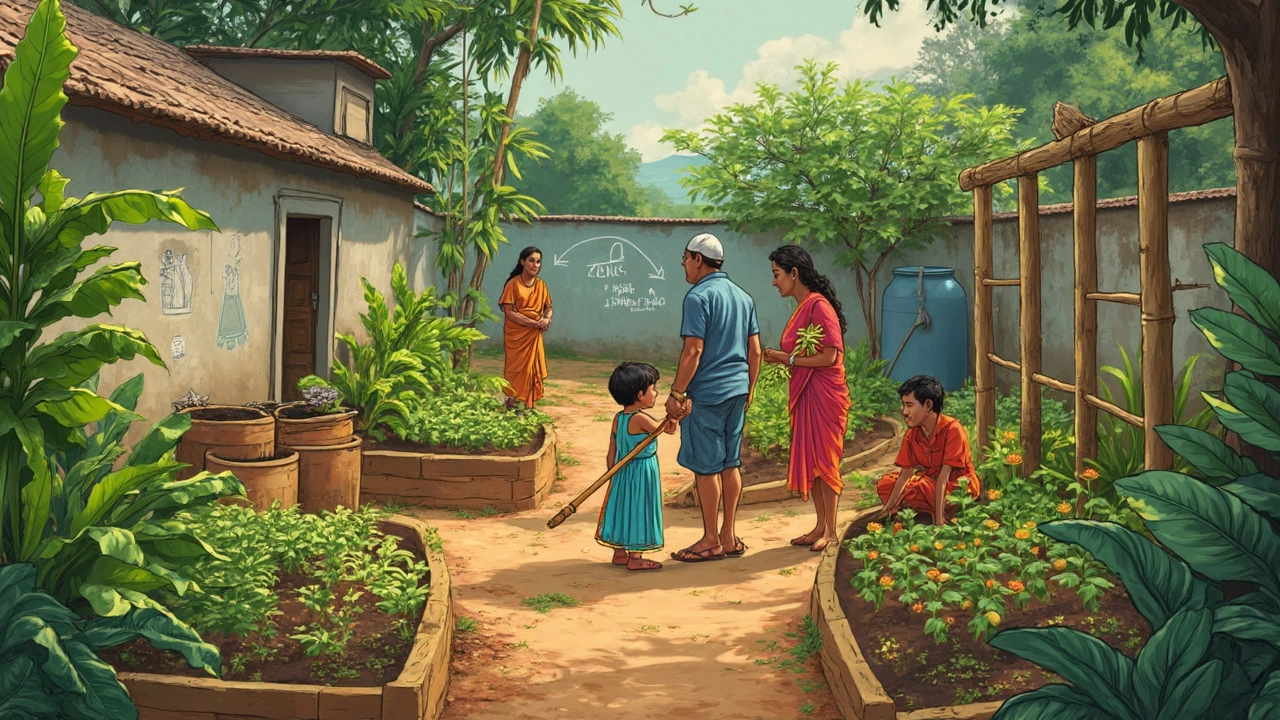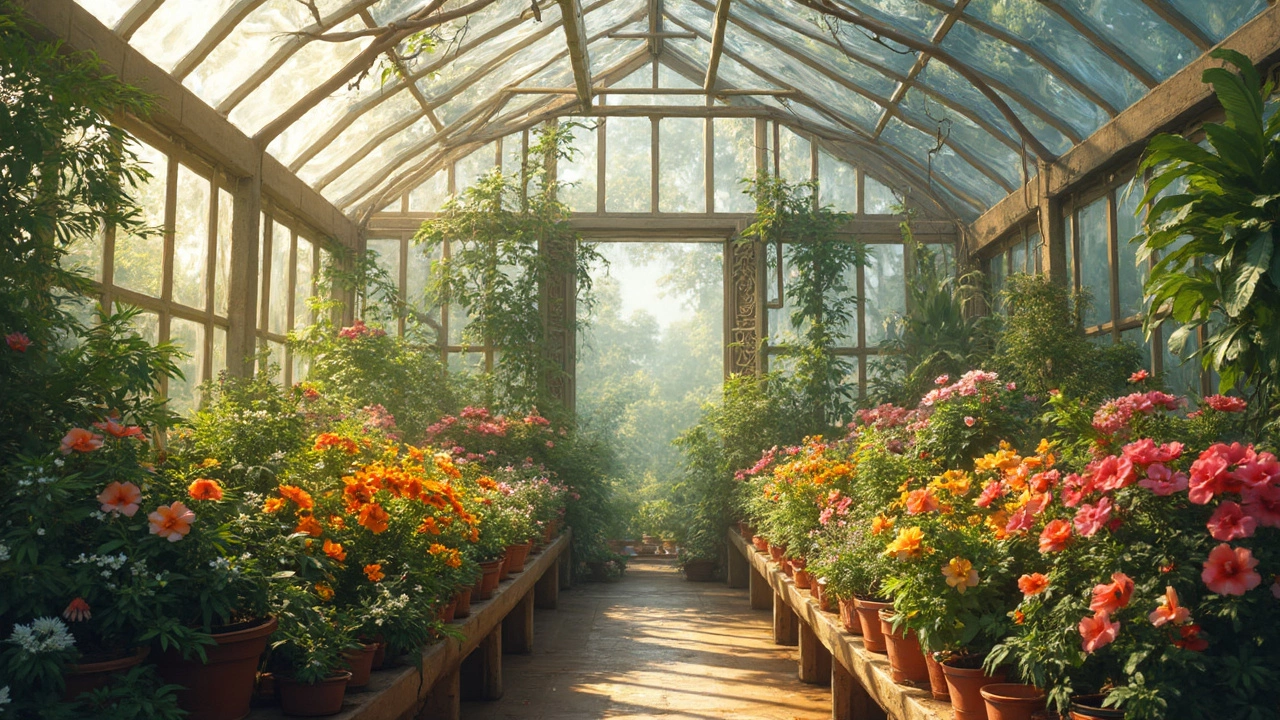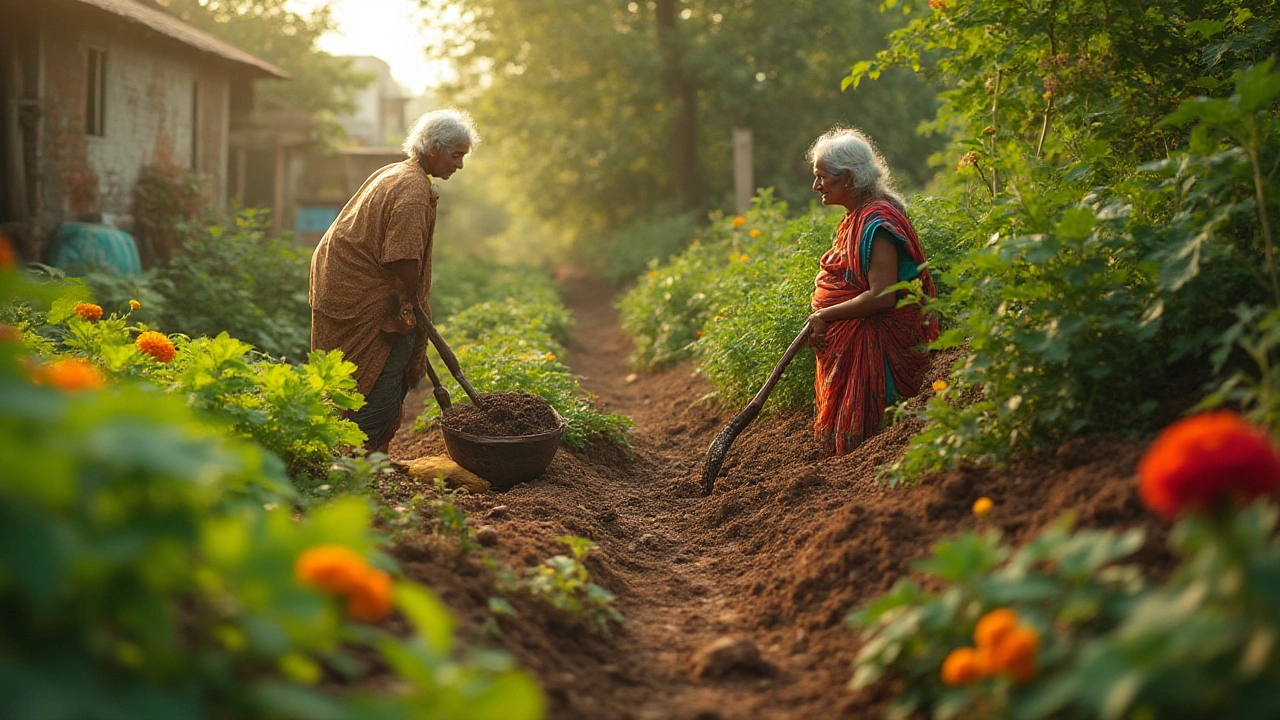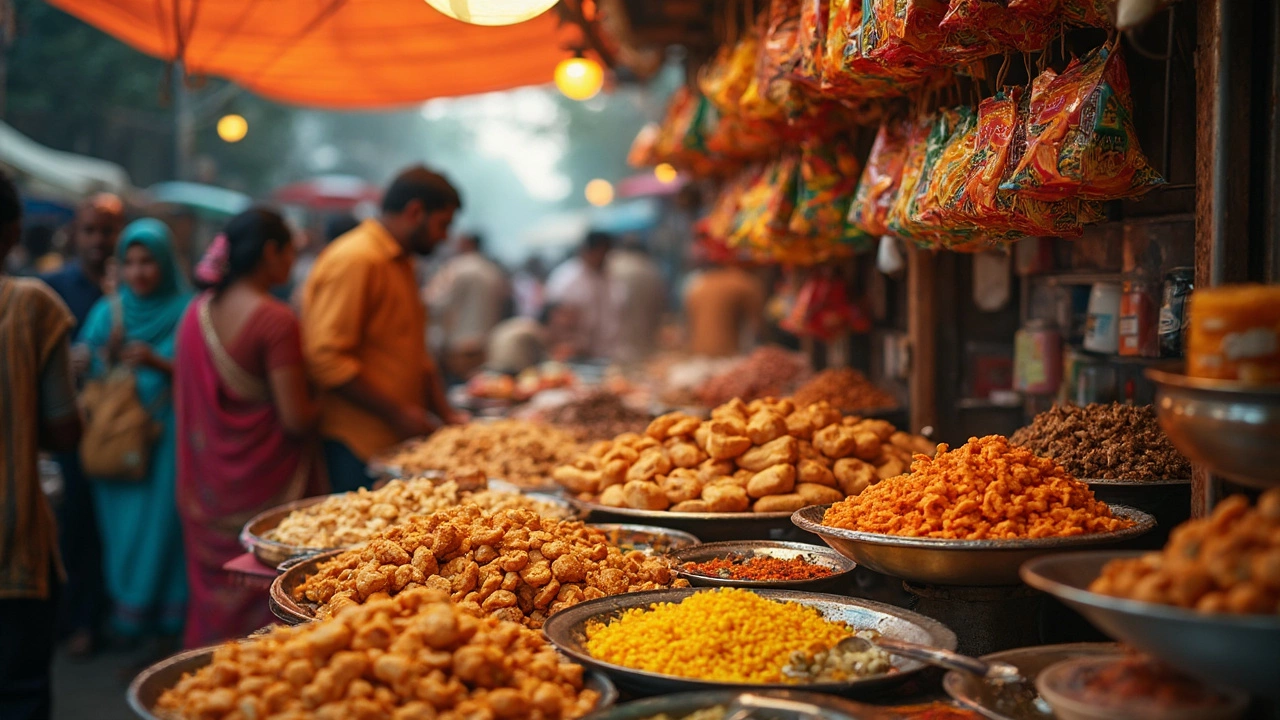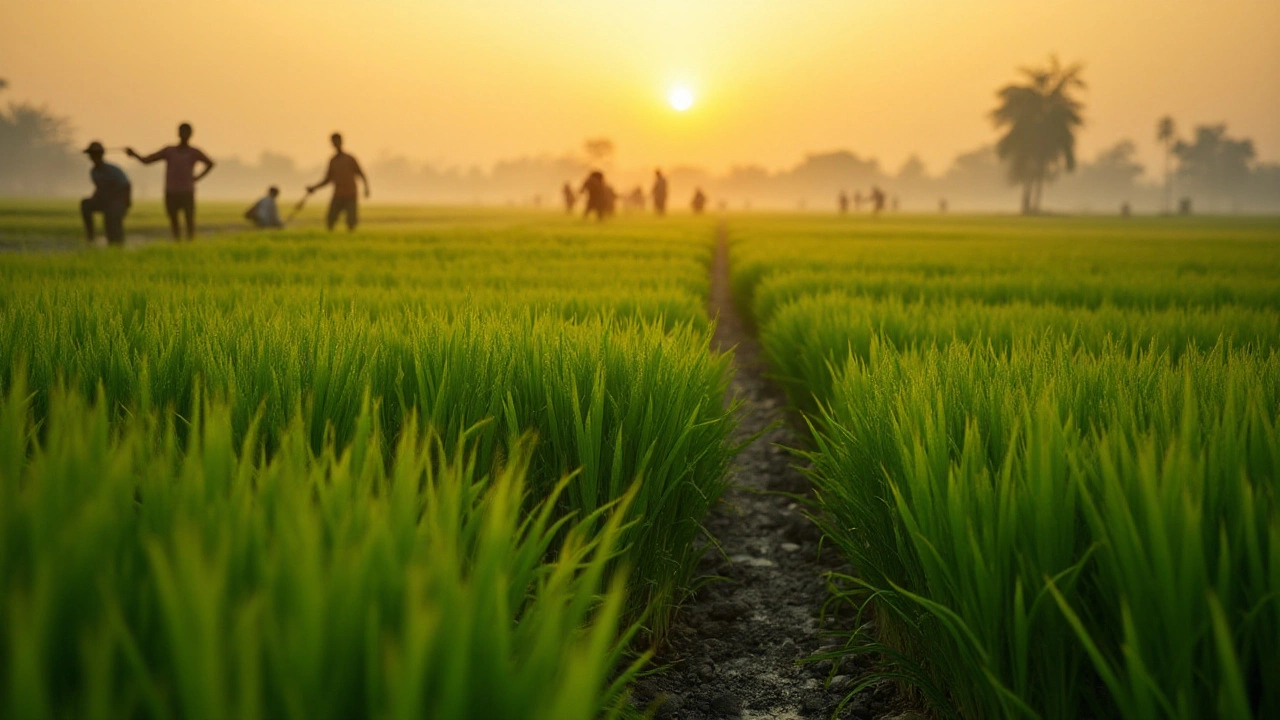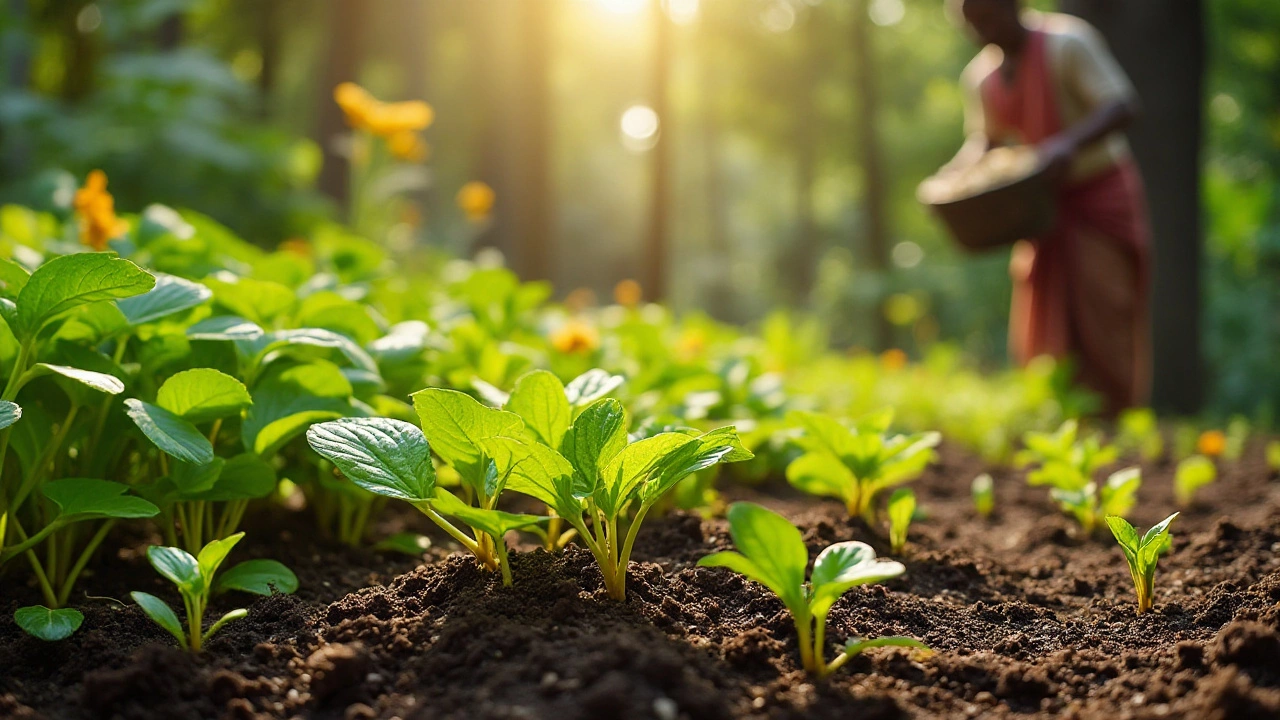Permaculture: Sustainable Growing Practices for Indian Gardens
When you hear permaculture, a design system that mimics natural ecosystems to create low‑input, resilient gardens and farms. Also known as regenerative gardening, it helps Indian growers produce food while protecting soil and water. Permaculture brings together climate‑smart planting, water reuse, and biodiversity in a single framework. It isn’t a single technique; it’s a set of principles that tell you how to work with nature instead of fighting it. For example, permaculture encompasses no-till gardening, a soil‑friendly approach that leaves the ground undisturbed, preserving microbial life and organic structure. By skipping the spade, you keep carbon in the ground and reduce erosion—a vital benefit for the monsoon‑prone regions of India. At the same time, the system requires efficient water management, which leads us to another core component: drip irrigation, a low‑pressure, high‑efficiency method that delivers water directly to plant roots. When combined with mulches, drip irrigation cuts water loss by up to 50%, a game‑changer for dry zones and rooftop farms.
Key Principles that Connect Soil, Water, and Biodiversity
One of the biggest wins of permaculture is the way it improves soil health, the living matrix of organic matter, microbes, and minerals that supports plant growth. Healthy soil acts like a sponge, storing rainwater and slowly releasing it, which reduces the need for frequent watering. In practice, you’ll see that adding compost, leaf litter, and cover crops boosts soil organic carbon—an indicator that the land is regenerating rather than depleting. This ties directly to the principle that permaculture requires efficient water use; drip irrigation and rainwater harvesting become natural extensions of a thriving soil ecosystem. Another pillar is biodiversity: mixing vegetables, herbs, and native trees creates habitats for pollinators and beneficial insects, which in turn lower pest pressure and lower the need for chemical inputs. The synergy between diverse planting, undisturbed soil, and precise watering forms a feedback loop that strengthens each element of the system.
Putting these ideas into action is easier than you might think. Start with a small raised bed, lay down a layer of straw mulch, and install a simple drip line that runs along the planting rows. Then adopt a no‑till mindset: instead of turning the soil, add a thin layer of compost each season and let earthworms do the work. You’ll notice richer plant growth within weeks, and the soil will stay moist longer, cutting down watering sessions. For urban growers, these steps translate to higher yields on balconies and rooftop terraces, where space and water are at a premium. The same principles scale up to larger farms in Punjab or Kerala; the only change is the size of the drip network and the diversity of crops. By focusing on the three entities—soil health, water efficiency, and biodiversity—you’re essentially following the permaculture recipe that many Indian agronomists are now recommending for climate‑resilient agriculture.
Below you’ll find a hand‑picked collection of articles that dive deeper into each of these topics. Whether you’re curious about the right watering schedule for container gardens, want to learn the exact steps to set up drip irrigation under mulch, or need quick fixes for dry, hard soil, the posts are organized to give you practical, step‑by‑step guidance. Keep reading to discover the tools, tips, and real‑world examples that will help you turn permaculture theory into everyday results in your own garden or farm.
Permaculture vs Regenerative Gardening: What Sets Them Apart?
People use the terms permaculture and regenerative gardening a lot, but they're not quite the same thing. This article breaks down how permaculture is a big-picture design system, while regenerative gardening puts a laser focus on building soil and healing land. By looking at their core ideas, practical techniques, and real-world results, you'll get a clear view of which approach fits your own backyard (or community plot) goals best. Find out which method is more hands-on, which is more about planning, and how you can mix both if you want results. Plus, discover simple tips for making your garden greener and more resilient starting today.
- manufacturing
- India
- food processing
- garden tips
- rice cultivation
- government schemes
- balcony garden
- urban gardening
- balcony gardening
- profitable business
- business ideas
- plastic manufacturing
- drip irrigation
- plant care
- steel manufacturing
- sustainable gardening
- startup ideas
- steel industry
- flower gardening
- textile manufacturers

